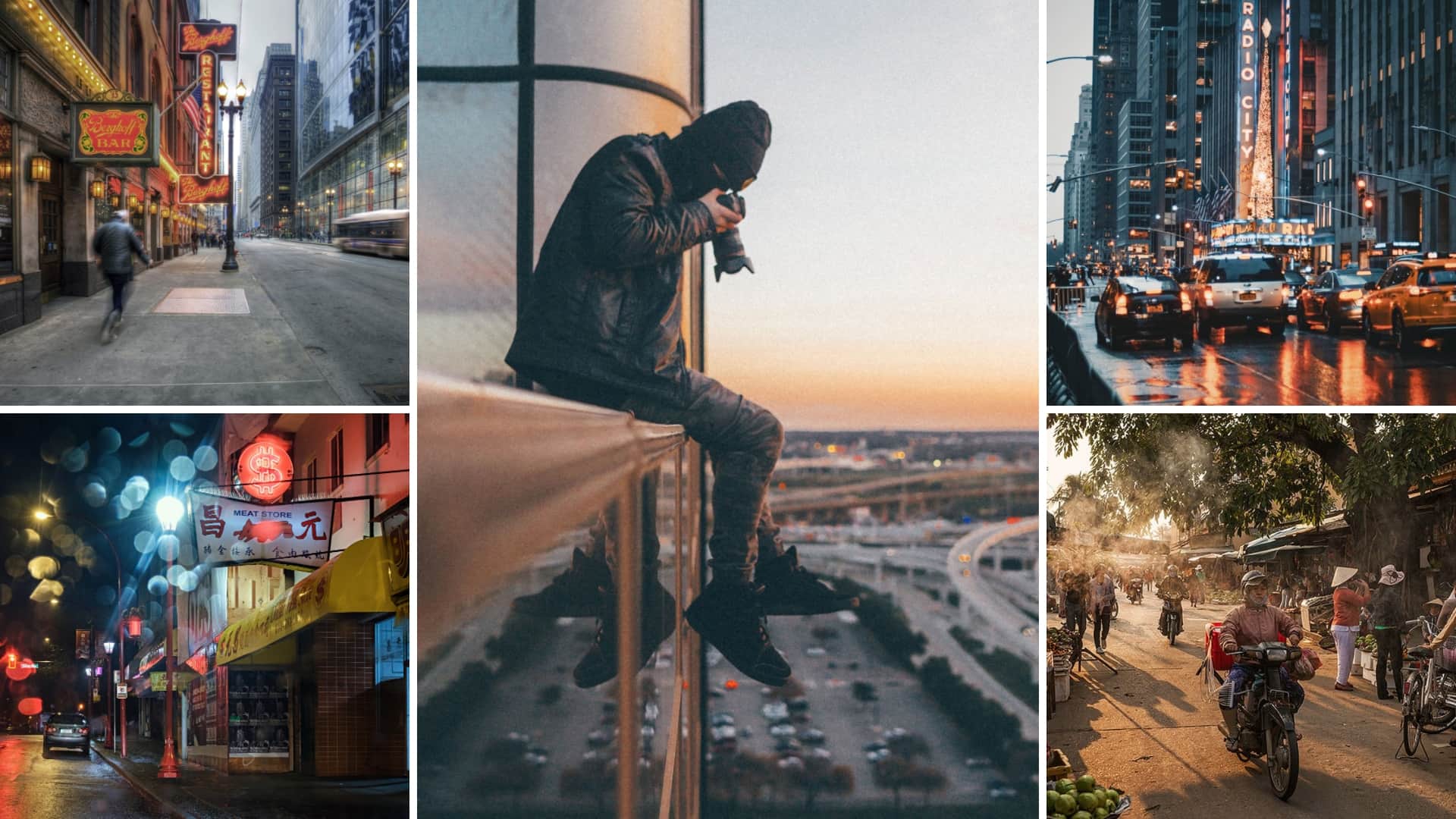The Framing Streets Ideas
The Framing Streets Ideas
Blog Article
The 15-Second Trick For Framing Streets
Table of ContentsThe Greatest Guide To Framing StreetsHow Framing Streets can Save You Time, Stress, and Money.What Does Framing Streets Mean?The smart Trick of Framing Streets That Nobody is Talking AboutThe Ultimate Guide To Framing StreetsSome Ideas on Framing Streets You Should Know
, typically with the objective of recording pictures at a crucial or poignant moment by mindful framing and timing. https://medium.com/@davidturley33101/about.
Everything about Framing Streets
Susan Sontag, 1977 Street photography can concentrate on individuals and their behavior in public. In this respect, the road digital photographer resembles social docudrama digital photographers or photojournalists that also operate in public areas, however with the purpose of recording newsworthy occasions. Any of these digital photographers' pictures may record individuals and building noticeable within or from public places, which commonly involves browsing moral concerns and laws of privacy, safety, and property.
Representations of daily public life form a category in nearly every period of globe art, starting in the pre-historic, Sumerian, Egyptian and very early Buddhist art durations. Art handling the life of the road, whether within sights of cityscapes, or as the leading concept, shows up in the West in the canon of the Northern Renaissance, Baroque, Rococo, of Romanticism, Realistic look, Impressionism and Post-Impressionism.
Our Framing Streets Ideas
Louis Daguerre: "Boulevard du Holy place" (1838 or 1839) In 1838 or 1839 the initial photograph of figures in the road was recorded by Louis-Jacques-Mand Daguerre in among a set of daguerreotype sights drawn from his workshop home window of the Boulevard du Temple in Paris. The second, made at the height of the day, reveals an uninhabited stretch of road, while the other was taken at concerning 8:00 am, and as Beaumont Newhall reports, "The Boulevard, so constantly filled up with a moving bunch of pedestrians and carriages was completely singular, except an individual that was having his boots combed.
, that was motivated to embark on a comparable paperwork of New York City. As the city developed, Atget assisted to advertise Parisian streets as a worthy topic for photography.

Framing Streets Fundamentals Explained
Andre Kertesz.'s widely appreciated Images la Sauvette (1952) (the English-language edition was titled The Crucial Moment) advertised the concept of taking a picture at what he called the "crucial moment"; "when type and content, vision and make-up combined right into a transcendent whole" - vivian maier.
Facts About Framing Streets Revealed
The recording device was 'a covert video camera', a 35 mm Contax hidden under his coat, that was 'strapped to the breast and attached to a lengthy cable strung down the ideal sleeve'. Nevertheless, his job had little modern impact as due to Evans' sensitivities regarding the creativity of his task and the privacy of his topics, it was not published until 1966, in the book Lots of Are Called, with an introduction created by James Agee in 1940.
Helen Levitt, after that an instructor of young kids, connected with Evans in 193839. She recorded the temporal chalk illustrations - 50mm street photography that belonged to children's street society in New york city at the time, as well as the youngsters that made them. In July 1939, Mo, MA's brand-new photography area included Levitt's work in its inaugural exhibitRobert Frank's 1958 publication,, was significant; raw and usually out of focus, Frank's images examined traditional photography of the time, "challenged all the formal rules put down by Henri Cartier-Bresson and Pedestrian Evans" and "contradicted the wholesome pictorialism and wholehearted photojournalism of American publications like LIFE and Time".
Report this page